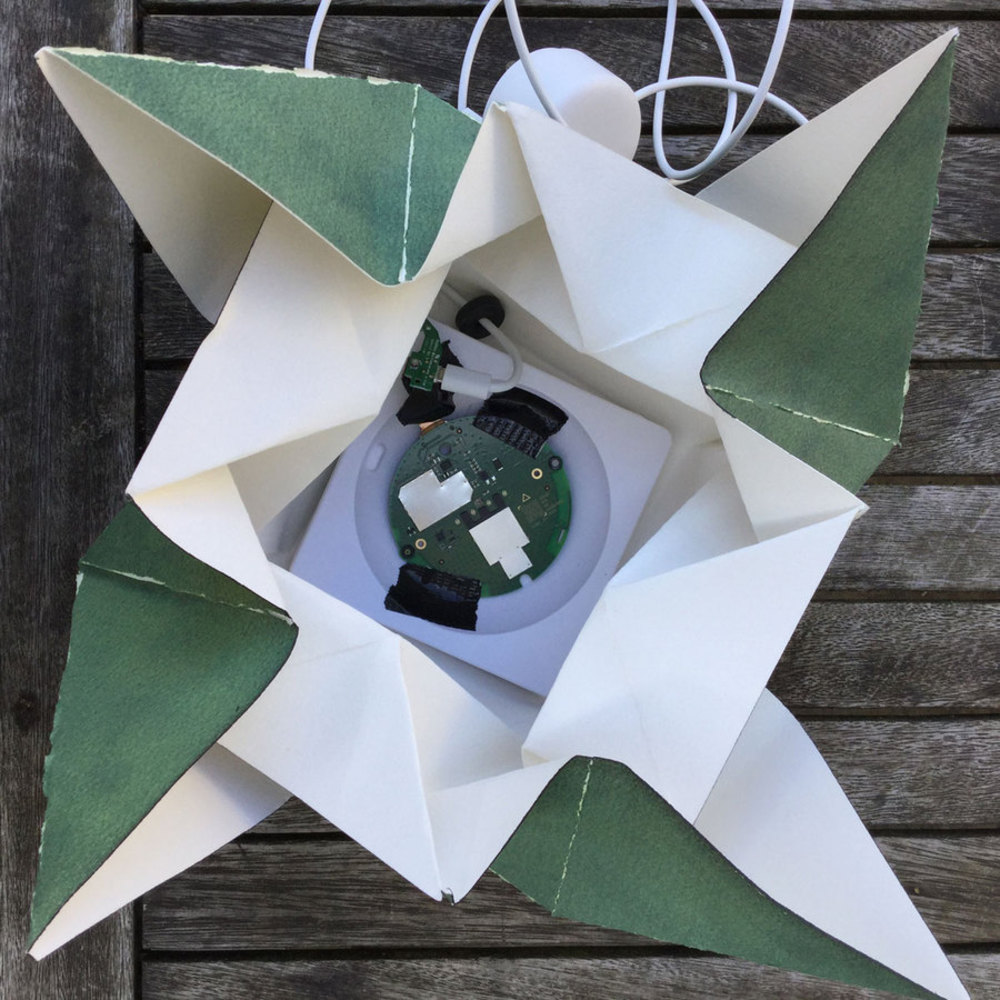Open Questions and Challenges
What questions remain to be addressed or questions about memory did this exploration raise for you. What are the things we should pay attention to/discuss in class for future explorations?
I honestly hit a creative wall while I was in the design process, and most ideas I had about where to go forward came once I was near the end of the prototyping phase, as I was delayed by unexpected bugs. The classroom discussion & critique which occurred after my presentation of the device were also important in helping me to understand areas of potential exploration.
1. I'm curious about how a palace of memory through association with tangible objects, without explicit recording of specific details of memory, would be experienced by memory experts in comparison to a typical palace of memory.
2. I've learned that tactile, sensory, and orientation based memory concepts are especially strong. I'm curious about how devices which explore the extremes of each, as well as the combinations between, would compete against each other as emotional and practical stores of emotion.

